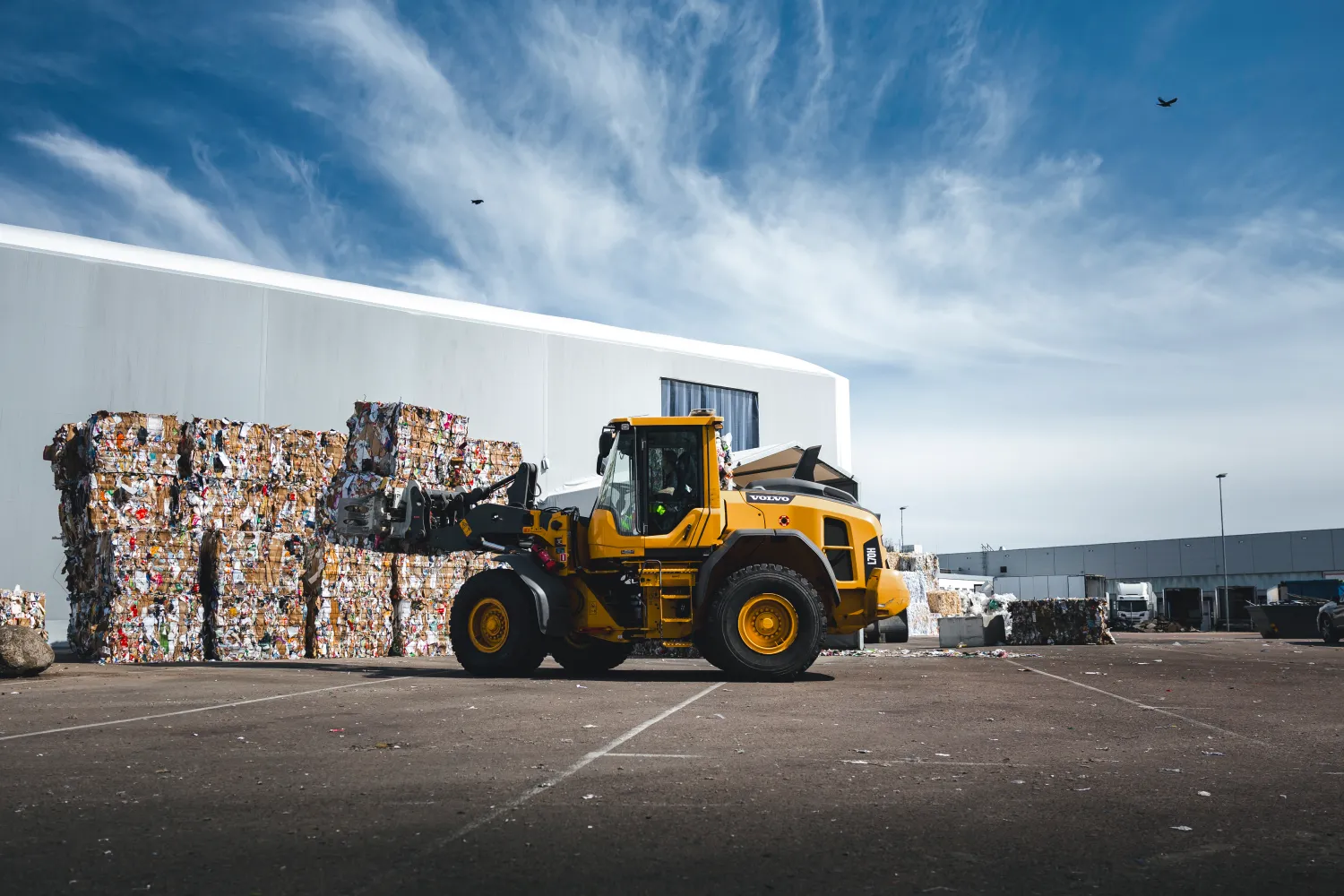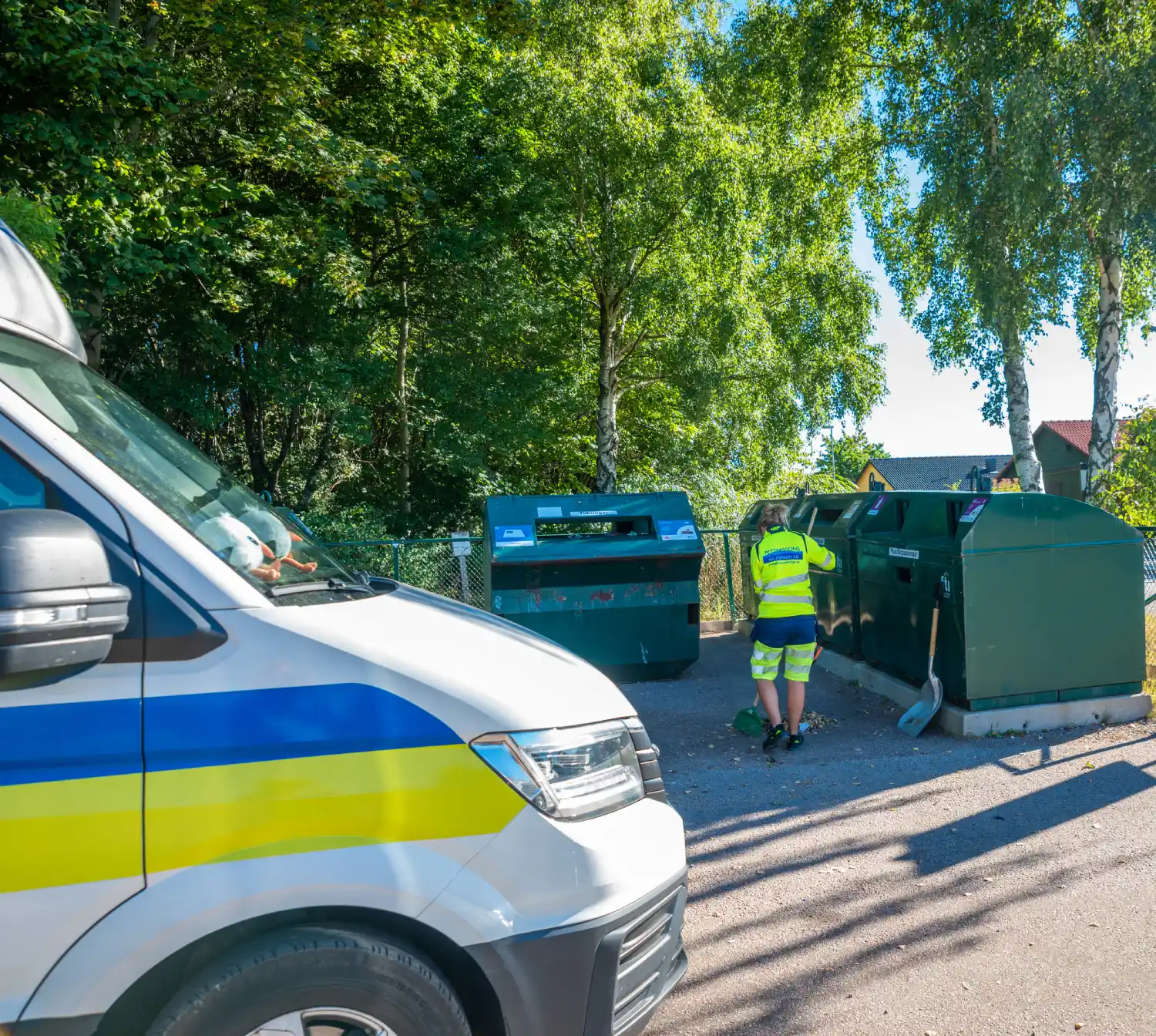Facilitating Recycling in Falkenberg with PetterssonsMiljö’s Services
Facilitating Recycling in Falkenberg with PetterssonsMiljö’s Services
Blog Article
Recycling in a world filled up with diverse presentation components creates equally possibilities and challenges. Nowadays, consumers and corporations equally need more sustainable methods while governments progressively implement stricter regulations for spend management. Nevertheless, the complexity of managing various packaging resources suggests handling special recycling needs for each type. This article has a closer go through the current styles, issues, and solutions in making efficient Recycling (Återvinning) programs for varied packaging materials.
The Complexity of Varied Presentation Resources
Presentation materials attended a considerable ways from easy cardboard boxes. Nowadays, they include parts, glass, material, paperboard, and multi-layered composites, among others. Each type comes using its distinctive set of recycling requirements. Like:
Plastic: While plastic is light and tough, their different forms (like PET, HDPE, LDPE, and PVC) often involve separate selection and handling methods. Mismanagement can result in contamination and inefficiencies in recycling streams.

Material: Metal and container cups remain very recyclable, however not without correct selecting to prevent contamination with non-recyclable metallic items.
Glass: Recycling glass requirements segregation by color and specific services to prevent dangers like fragmentation or contamination with ceramics.
Paperboard: Thick, lined paperboard appearance is recyclable in many cases, but the large utilization of adhesives or laminates may impede the process.
Multi-layer Packaging: That type presents the most substantial concern because it frequently includes products impossible to separate your lives, such as for instance aluminum and plastic layers in treat packaging.
With the world wide economy making around 350 million tons of plastic annually, and packaging responsible for nearly 40% of their utilization, handling this complexity is critical to reaching larger recycling rates.
Obstacles in Tailoring Recycling Programs
One of the biggest challenges in recycling applications is contamination, specially when varied resources are discarded together. For example, when food deposit sticks to recycled pockets or damaged glass mixes with report, the efficiency of recycling functions declines significantly. A lack of standardized labeling methods also confuses customers and benefits in incorrect waste sorting.
Furthermore, fragmented infrastructure plays a part in the issue. Some municipalities lack facilities to method complicated components like multi-layer appearance or particular pockets, creating recycling unrealistic for these items.
Towards a Rounded Economy with Designed Options
Creating an successful recycling system to take care of varied presentation resources involves development and collaboration. Governments, organizations, and people need certainly to perform in place:
Government Initiatives: Implementing Extensive Producer Obligation (EPR) policies can encourage producers to create packaging that's simpler to recycle.

Impressive Technologies: Substance recycling methods, like depolymerization for materials, may breakdown hard-to-recycle products for better recovery rates.
Client Knowledge: Promoting clean recycling behaviors and obvious marking can significantly lower contamination in recycling streams.
Opportunities in modernizing waste management infrastructure may enjoy a crucial role, along side constant research into biodegradable and used presentation solutions.
A Way Forward
The variety in appearance materials can be a concern, but it addittionally gift ideas an opportunity to advance recycling programs and techniques. A variety of technological developments, regulatory procedures, and customer consciousness can travel the change to an even more sustainable, rounded economy. Approaching the unique recycling needs of diverse components is no longer a choice but a necessity to fight reference depletion and defend the planet. By tackling these issues logically, worldwide communities may ensure long-term environmental viability.
Report this page